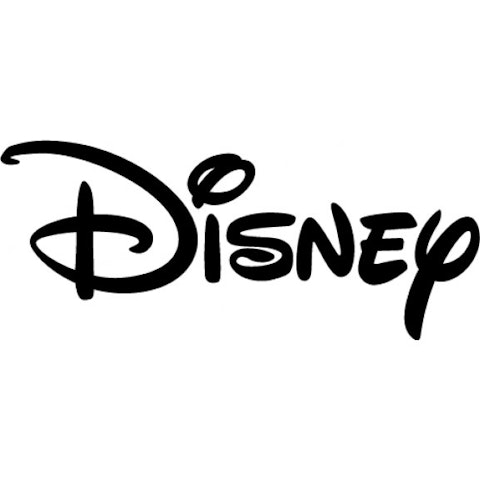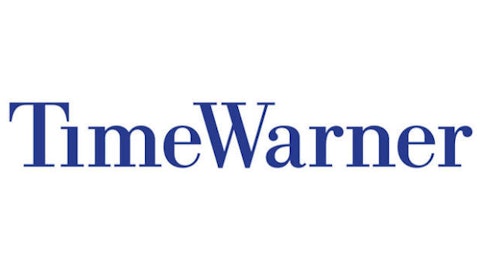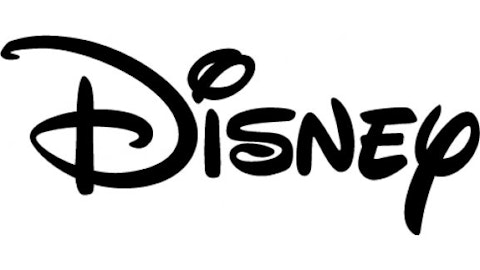We talk with author and media theorist Douglas Rushkoff, who has published 10 books on media, culture, and technology. He joins us to discuss his most recent work, Present Shock, about living in today’s immediate, always-on world.
In this video segment, Douglas explains why The Walt Disney Company (NYSE:DIS)‘s attempt to leverage its legacy products and characters didn’t work, and how “living in RAM” succeeded where Mickey was doomed to fail. The full version of the interview can be found here.
A full transcript follows the video.
It’s easy to forget that The Walt Disney Company (NYSE:DIS) is more than just the House of Mouse. True, Disney amusement parks around the world hosted more than 121 million guests in 2011. But from its vast catalog of characters to its monster collection of media networks, much of The Walt Disney Company (NYSE:DIS)’s allure for investors lies in its diversity, and The Motley Fool’s premium research report lays out the case for investing in Disney today. This report includes the key items investors must watch as well as the opportunities and threats the company faces going forward. So don’t miss out — simply click here now to claim your copy today.
Brendan Byrnes: Another example from the book, you cite The Walt Disney Company (NYSE:DIS), how they ran into trouble in the mid-1990s in their theme parks especially. Michael Eisner asked the CFO to come in and try to turn that around, and it’s something you called “living in RAM” is how they went about it. Could you talk about that, and what that means for The Walt Disney Company (NYSE:DIS)?
Douglas Rushkoff: There’s one way for The Walt Disney Company (NYSE:DIS) to make money, and the way they were looking to do it in the late ’80s and early ’90s was by selling off their historical assets on a certain level, or selling them out. “Oh, here’s Mickey again.” “Here’s Cinderella.” “Here’s Sleeping Beauty,” and throwing their old products out there as much as possible.
They were, in some sense, emptying the vault and spreading thin their old stuff, their legacy, all that. The parks started to suffer, actually, as a result of that. The parks started to decay, and they just weren’t as interesting to people.
What they decided to do was to reverse what they were doing. Instead of looking at their value as being their vault of mythology, they started looking at their value as their front-line employees. They reversed, really, the dynamic of the company.
They saw management as, management’s only job is to serve the front-line employees, and the front-line employees are the ones who are going to understand what the customers actually want, what’s actually happening here. All the innovation really came from there, back.
It was an interesting model to use, because rather than being a historically based company, they became a real-time based company, that was based in what we now call customer experience, or brand experience, but is the lived, real-time experience of the customers.
The article How Disney Turned Itself Around in the 1990s originally appeared on Fool.com.
has no position in any stocks mentioned. The Motley Fool recommends The Walt Disney Company (NYSE:DIS). The Motley Fool owns shares of The Walt Disney Company (NYSE:DIS).
Copyright © 1995 – 2013 The Motley Fool, LLC. All rights reserved. The Motley Fool has a disclosure policy.



